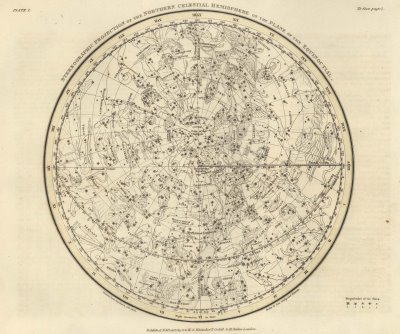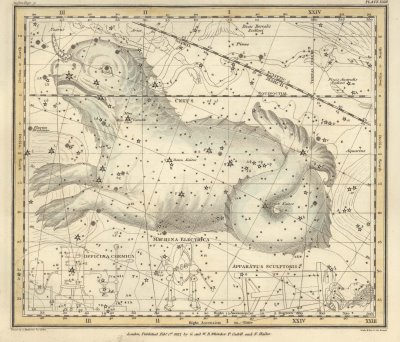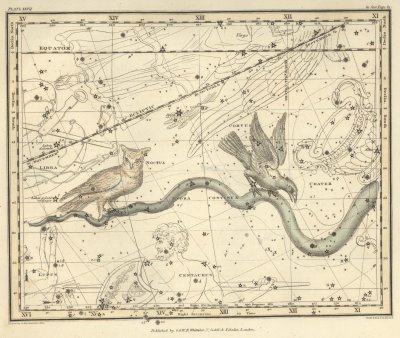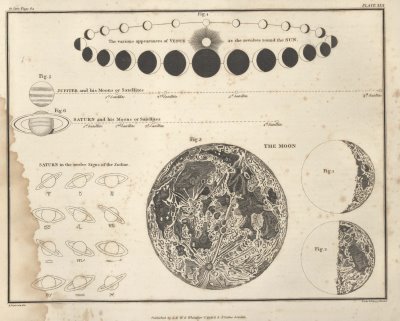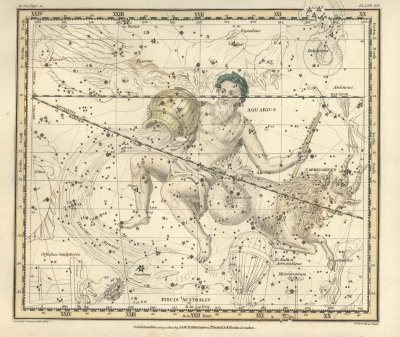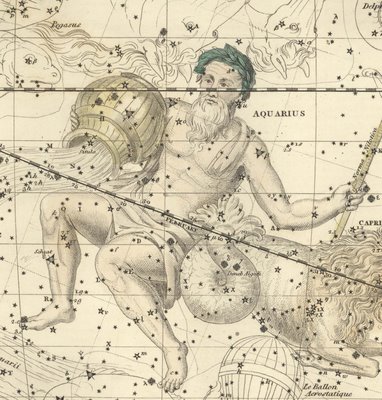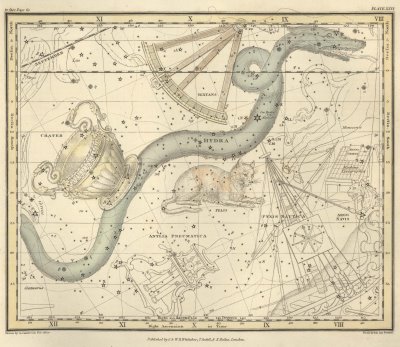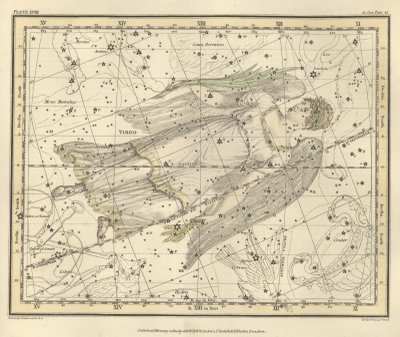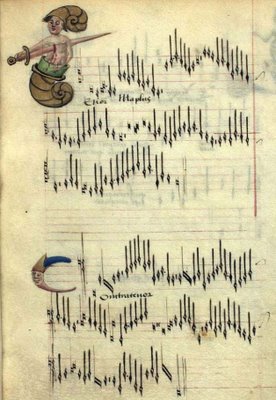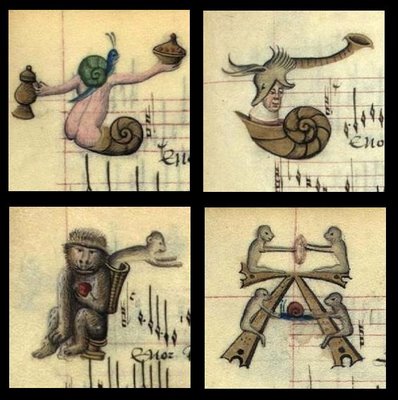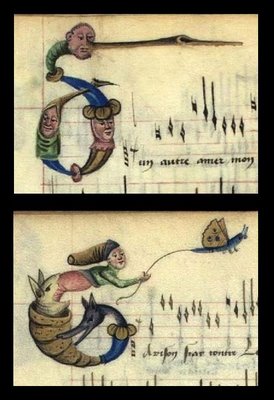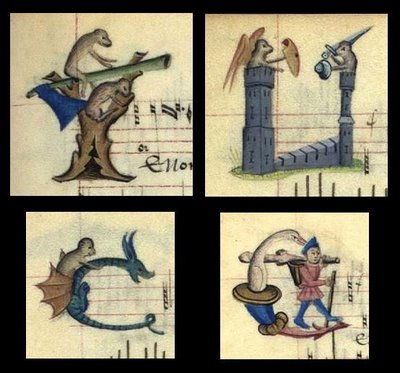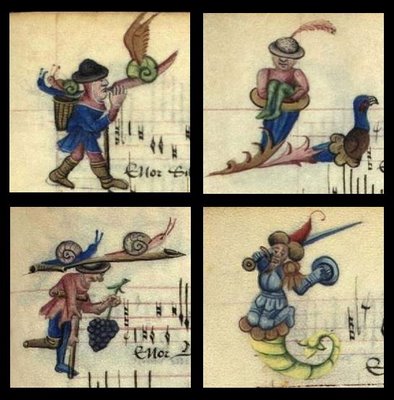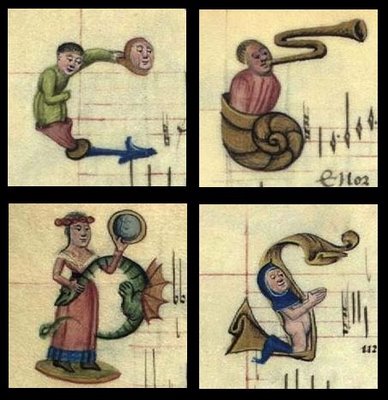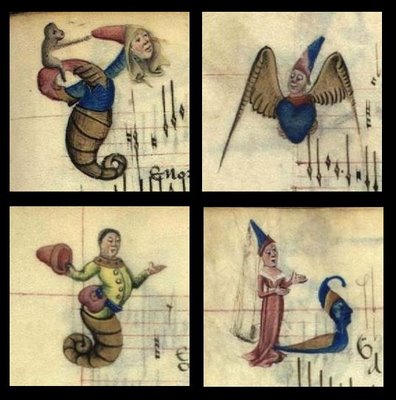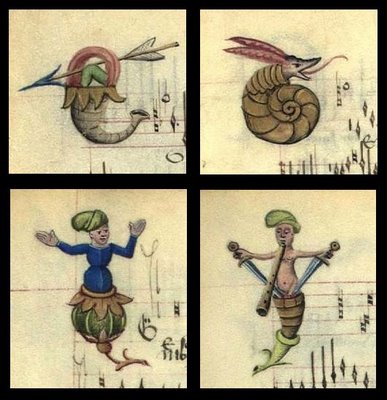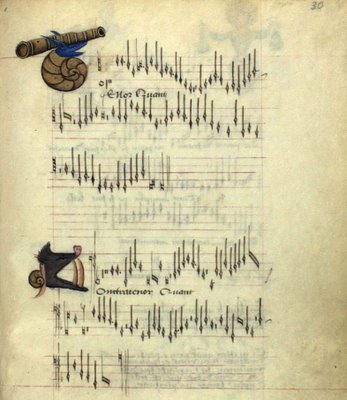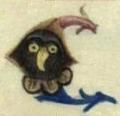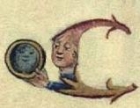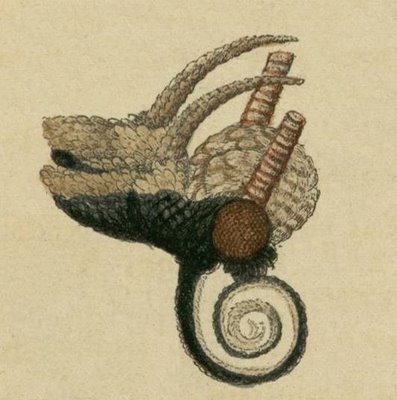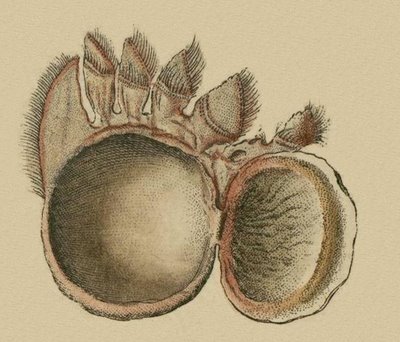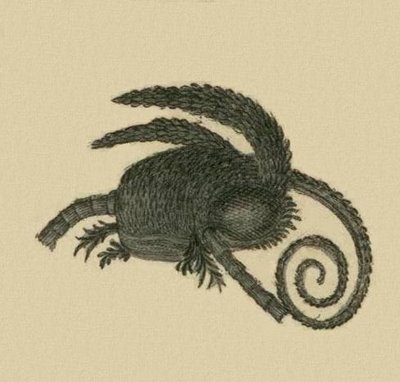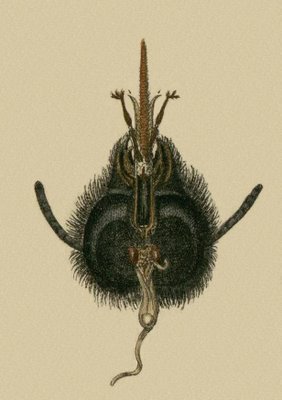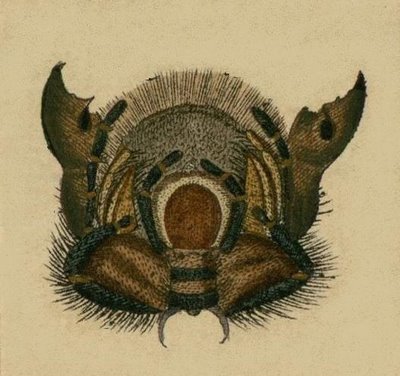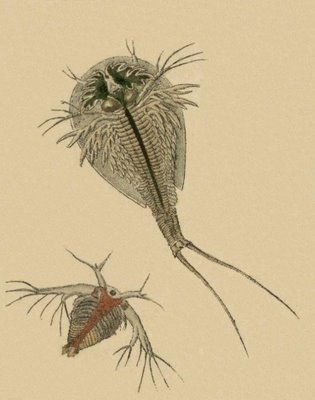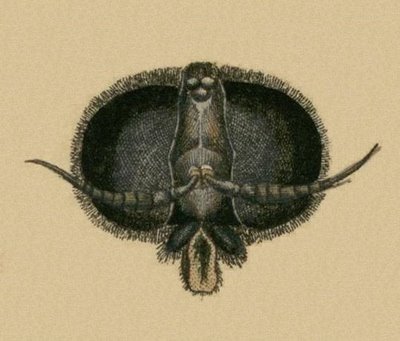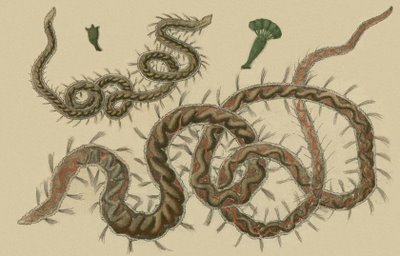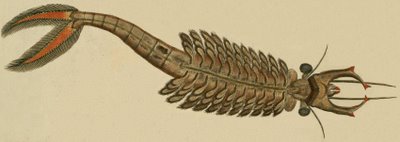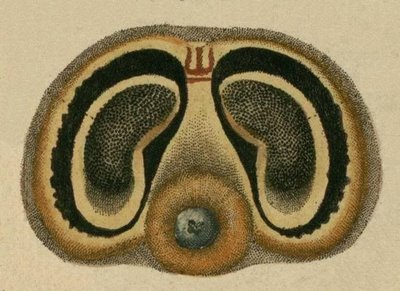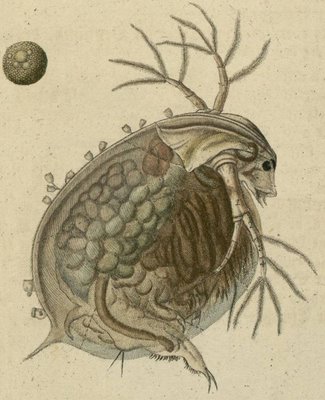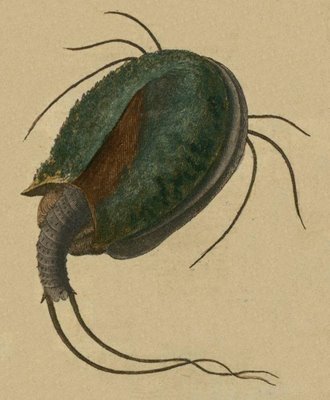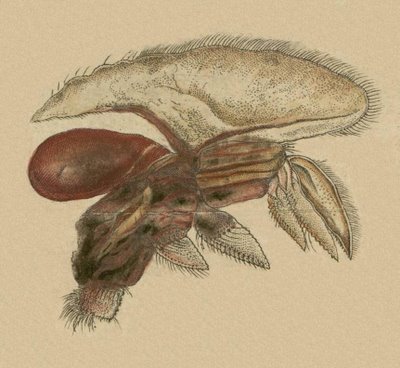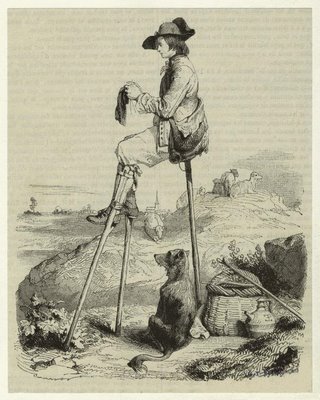
Shepherd resting on stilts, knitting. Undated.
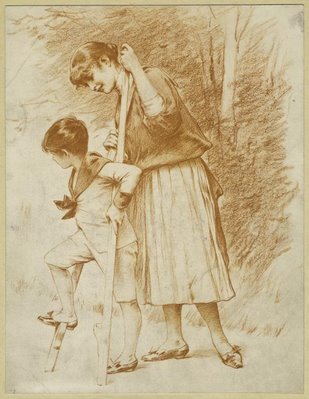
Young woman helping a boy walk on stilts. Undated.
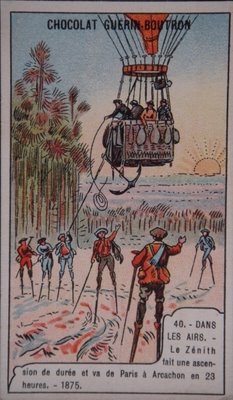
Tradecard 1875.
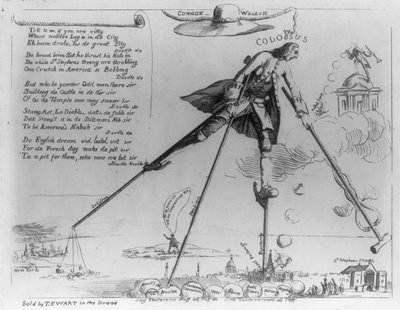
Satirical cartoon about the Stamp
Act of 1765.
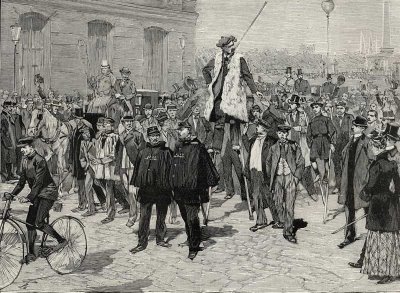
'De Paris à Moscou sur ses Échasses'
In 1891, Sylvain Dornon walked 1830 miles between Paris and Moscow
on stilts at an average of about 30 miles a day (~58 days total).
"The Tchankats are shepherds of Landes, in France, a race who passed their lives on stilts, crossing forests and rivers of venomous snakes without danger. They have now almost died out, and Sylvain Dornon, whose portrait we give, is one of the last of the tribe. He made himself notorious by walking from his native village to Paris on his stilts and even ascending the Eifel Tower on those wooden supports."
(sic) [this was written before the Moscow walk]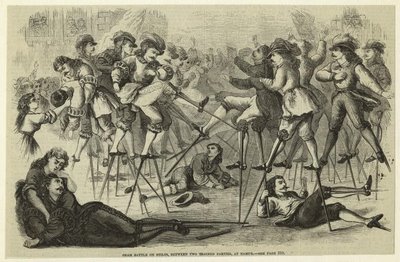
'Sham battle on stilts, between two trained parties, at Namur.' ~1870.
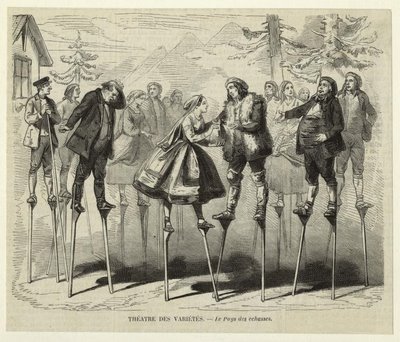
'Théatre des variétés - Le pays des Echasses'
(Variety Theatre - Stilt Country) 1859.
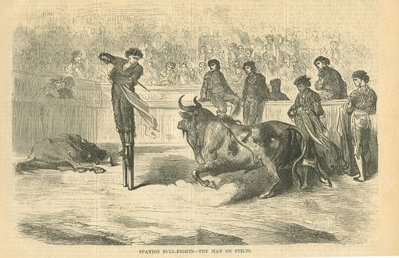
'Spanish Bull-Fights - The Man on Stilts'
In: Harpers Weekly 1869.
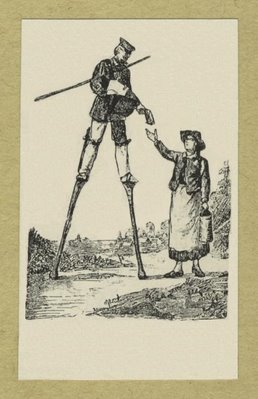
'Letter carrier on stilts handing a letter to a woman 1904'
In: 'Across the Great Saint Bernard : the Modes of Nature,
and the Manners of Man' by A.Sennett/H.Percival, 1904.
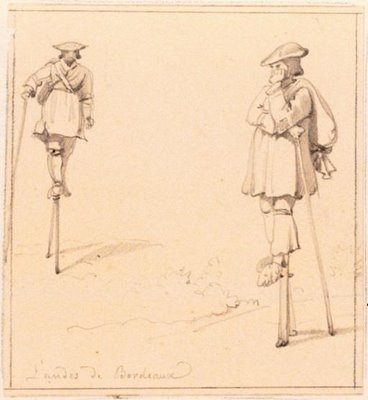
'Landes de Bordeaux' by C.d'Aligny.
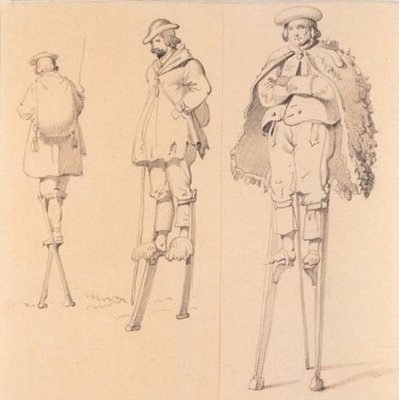
'Bergers des Landes Montés sur des Échasses'
(Shepherds of the Moors on Stilts)
by C. d'Aligny (before 1871).
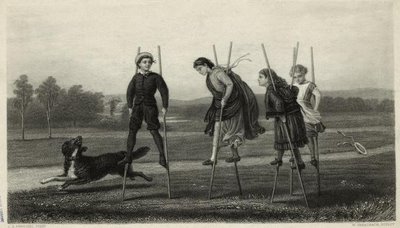
'Between school hours' by C.Perugini/W.Greatbach. Undated.
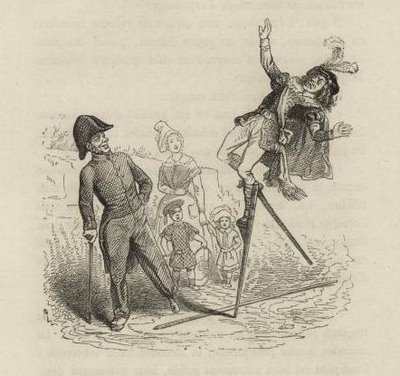
'Man walking on stilts about to fall'
In: 'Cent Proverbes : Texte par Trois Têtes Dans un Bonnet' (1887)
by JJ.
Grandville (before 1847).
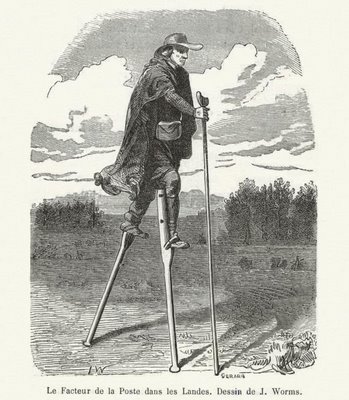
'Le facteur de la poste dans les Landes'
(The Postman in the Moors) by J.Worms ~1876.
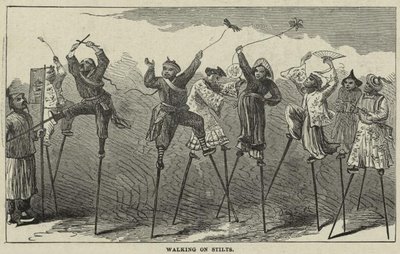
'Walking on stilts, China.'
In: 'The boy travellers in the Far East' By T.Knox 1880.
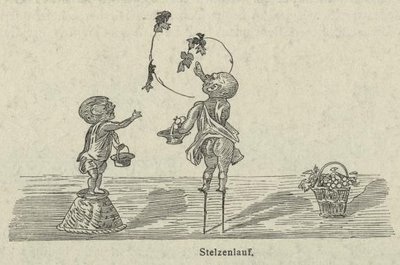
'Stelzenlauf'
In: 'Das Leben der Griechen und Roemer'
1893 by E.Guhl/W.Kohner.
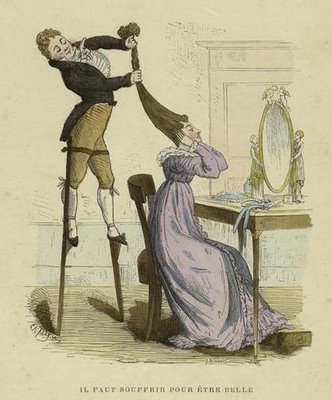
'Il faut souffrir pour être belle' (You have to suffer to be beautiful)
In: 'La France et les Français à Travers les Siècles' 1882 by A.Challamel.
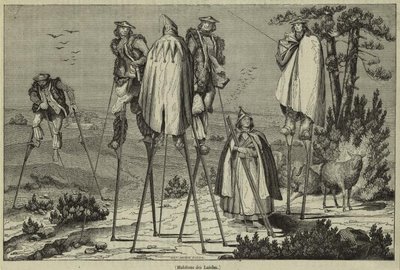
'Habitans des Landes' (People of the Moors)
by Best, Andrew & Leloir ~1850.
Kind of randomly...
- "Chinese acrobatics reached a high level of sophistication as early as the Warring States Period during the third century BC, with acrobats proficient at juggling seven daggers while manipulating 3-meter stilts".
- Stilt History and World Records.
- "The city of Namur in Belgium, which formerly suffered from the overflowing of the rivers Sambre and Meuse, has been celebrated for its stilt-walkers for many centuries. Not only the towns-people but also the soldiers used stilts, and stilt-fights were indulged in, in which parties of a hundred or more attacked each other, the object being to overset as many of the enemy as possible. The governor of Namur having promised the archduke Albert (about 1600) a company of soldiers that should neither ride nor walk, sent a detachment on stilts, which so pleased the archduke that he conferred upon the city perpetual exemption from the beer-tax, no small privilege at that time".
- Merchtem, Belgium: "At the end of World War 2, fairs and processions were organised everywhere in Belgium to celebrate the liberation. Langevelde came up with the idea to let their people, dressed in paper clothes in the national tricolour, walk on stilts of different heights."
- Possibly the first (western) artistic rendering of a stilt walker is in Pieter Bruegel the Elder's 'Childrens Games' painting from 1559 (click top picture, get magnifying glass and look just a little to the right of dead centre).
- 'Un drôle de boulanger' - Sylvain Dornon (french).
- 'Groupe Folklorique et Artistique d'Échassiers Landais' (english)
- The amazing (or is that insane) Charles Blondin walked across Niagara Falls on stilts on a tight-rope. {see also: Niagara Falls Daredevils via archive.org}
- The roundabout art of Les Landes.
This is actually the vestiges of a post that was eaten by the beige box gremlin. Most of the images here come from
NYPL plus french ebay,
BNF or are within the above links.
All the images have been cleaned up to one extent or another.
